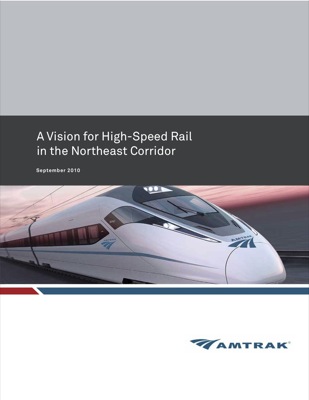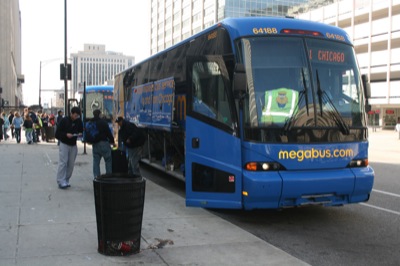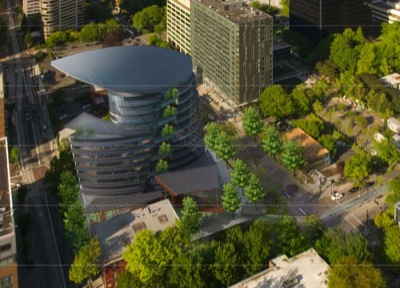High-speed rail advocates are psychotic, says the Boyd Group, an aviation planning firm. Psychotics, notes the company blog, suffer from “confusion, disorganized thought and speech, mania, delusions, and a loss of touch with reality”–all of which describe rail nuts.
“If you really want to see psychosis,” adds the Boyd Group, “log on to the DOT’s website. Instead of providing hard, accurate information, it’s now a shoddy trumpet for politically-correct schemes pushed by the hobby-lobby that’s running the Department.” Displaying the DOT’s 2009 map of proposed high-speed rail lines, the blog says “high-speed rail isn’t infrastructure; it’s political correctness” and the administration’s plan isn’t a “vision,” it’s “corruption.”










